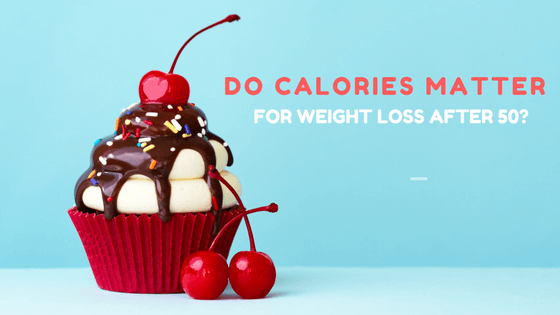It can get really confusing when reading all of the weight loss advice out there. One “diet” tells you to eat anything you want, as long as it’s proteins and fats, while another “diet” tells you to restrict your calories and eat anything you’d like, as long you stay within a certain calorie range. So who’s right?
Calories DO count, BUT so does nutrient content, and you can’t have one without the other.
Why Calories Count:
It’s important to incorporate as many types of healthy, nutritious foods such as nuts, avocados and coconut or dairy based butter into any healthy weight loss plan because you’re doing this for the powerful health effects to combat and prevent certain types of cancer, heart disease and Type II Diabetes.
But just because these foods are healthy, doesn’t mean they won’t pack on the pounds.
If you want to lose weight some calorie deficit from where you started is required, While the notion that we all have a universal number of calories we have to abide by has been debunked, we do know that portion control matters and over-eating way above our own personal calorie needs will cause weight gain even if it’s coming from a healthy fat source, such as my personal favourite example, the avocado.
Most weight loss plans that suggest you eat whatever quantities you’d like only give you certain food groups you can eat from. Without even realizing it you’ve eliminated a huge amount of calories just by eliminating a whole food group. You may be led to believe that a villainous food group was causing your weight gain but really you are just eating less – while missing out on an abundance of nutrients that foods from the whole spectrum of groups provides.
While counting calories obsessively isn’t a good long term objective, holding yourself accountable and creating a mindful approach to proper portion control by logging your food and understanding how many calories and the quality of nutrients each food has can be a great tool when starting out.
Why Nutrients Matters too:
So we’re all on board. We need to eat less to lose weight and if you’ve been sedentary, after fifty, and you’re just starting out, this is more important than ever (due to that darn metabolic rate slowing down).
While Calorie counting at first will hold you accountable and motivate you to eat smaller portions sizes, it’s just as important to choose foods that are packed full of nutrients.
Weight loss is meant to help you gain energy and strength to fully enjoy your after 50 years and with smaller portions daily, every bite counts.
There’s another twist too: when eat low nutrient foods you’re body sends signals to stay hungry. This happens through different means depending on the nutrient void food you eat. Let’s take a closer look at two of my favourites:
Refined/Carbohydrates and Sugar:
When you eat nutrient void, simple sugars your glycemic index spikes. Blood sugar spikes and then plummets dramatically as insulin comes to quickly soak it all up. The sudden drop in blood sugar signals hunger messages so you’ll eat to balance out your blood sugar.
This creates a vicious cycle of over eating to balance hormones, followed by crashes and then over eating once again.
In the case of refined carbohydrates and high glycemic foods, calories DO count but so does the quality of your carbohydrate.
To balance out blood sugar cut out as many refined carbohydrates and simple sugars as you can. Get your calories from complex carbohydrates such as brown rice, sweet potatoes, squash and if your body can handle them, whole grains too. Not only will this help with weight loss but it staves off heart disease, Type II Diabetes and Metabolic Syndrome. It’s a win, win!
No Fibre foods:
You know you’ve hit the perfect calorie range when you continue to lose weight and feel full throughout the day. No fibre foods such as potato chips, t.v dinners and white rice make you feel full temporarily, but you’ll soon feel hungry again and that is never good for a weight loss plan.
Nutrient dense foods are most often high in fibre. High fibre foods are digested more slowly which creates long lasting sensations of feeling full while the low glycemic index stabilizes blood sugar and keeps hunger away.
Fill your weight loss plan with healthy root vegetables as well as non-root vegetables and whole grains or beans. These high fibre foods will keep you full and ensure you’ll stick to healthy portions in your weight loss plan.
The Take Away Message:
The sensation of feeling restricted or becoming obsessed with everything you eat is a very real problem I empathize with. Counting calories for life is definitely no way to live, but for a starting point to ignite accountability, motivation and mindful eating practices it gives you great insight into how much (or how little) you’re eating.
Hitting a precise number each day should never be the goal, but being aware that even your healthy foods can be packing on the pounds will help you avoid frustration that often derails you from weight loss, the frustration that you think you’re doing everything right but you can’t lose weight, so why try.
Nutrients matter too. They help you feel full, satisfied and healthy. This prevents crashes, staves off binge eating and keeps you vibrant and happy – and isn’t that what long term healthy weight loss is about?
Now that you know calories AND nutrition count,

